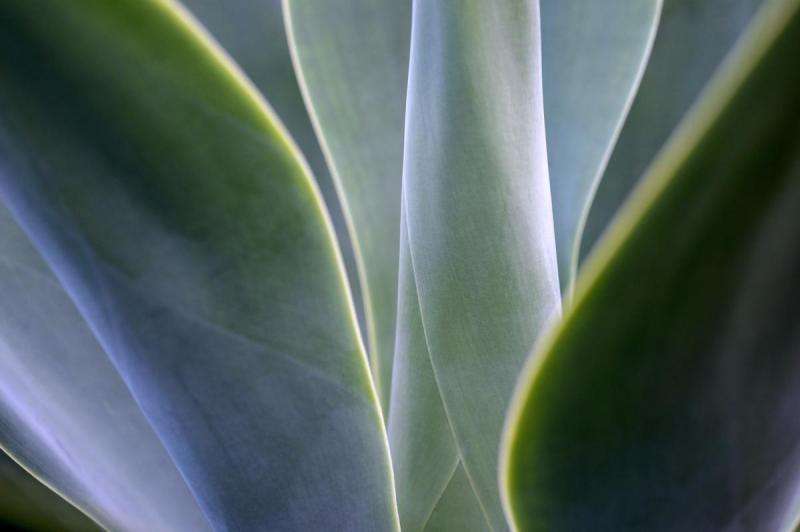Researchers discover how plants assemble tannins

Tannins in plants have health benefits and impact the taste of fruits and drinks like tea and wine. While tannins themselves are well known, no one has ever known how plants actually put them together—until now. A team of researchers from the University of North Texas Department of Biological Sciences just made this major discovery. Now, the research by Chenggang Liu, Xiaoqiang Wang, Vladimir Shulaev and Richard Dixon, recently was featured in the journal, Nature Plants.
"This is one of the most exciting discoveries of my career," says Dixon, Distinguished Research Professor of biology. "I've worked for 35 years on how plants make natural products, and now we've answered a question that has been bothering people for many years."
The researchers studied the gene leucoanthocyanidin reductase, or LAR. Scientists previously thought LAR only helped make the building blocks of tannins, but the UNT research team learned that the gene instead plays an unexpected role in determining how the building blocks of tannins multiply to form long chains. When those building blocks, called epicatechin, are linked in longer chains, they become insoluble, and lose astringency. However, smaller, more soluble tannins can offer humans more health benefits. Understanding how the process works has major scientific implications.
"This is one of the biggest breakthroughs ever in tannin research," says Dixon. "Tannins have been associated with reduced risks of cardiovascular disease, cancer and Alzheimer's disease. We can now use this information to try to boost those health benefits. We also can work to improve the taste and astringency of many fruits and beverages. We can even help with a major source of pollution."
The pollution problem is one the UNT research team is already working to tackle. The researchers are using their new knowledge of tannins to manipulate alfalfa in a way that would reduce gas in cows, one of the biggest culprits behind the greenhouse gas problem in our environment.
"This just opens up a ton of opportunity," says Dixon. "We've answered a big scientific question, but now we have a lot more research to do."
Journal information: Nature Plants
Provided by University of North Texas



















